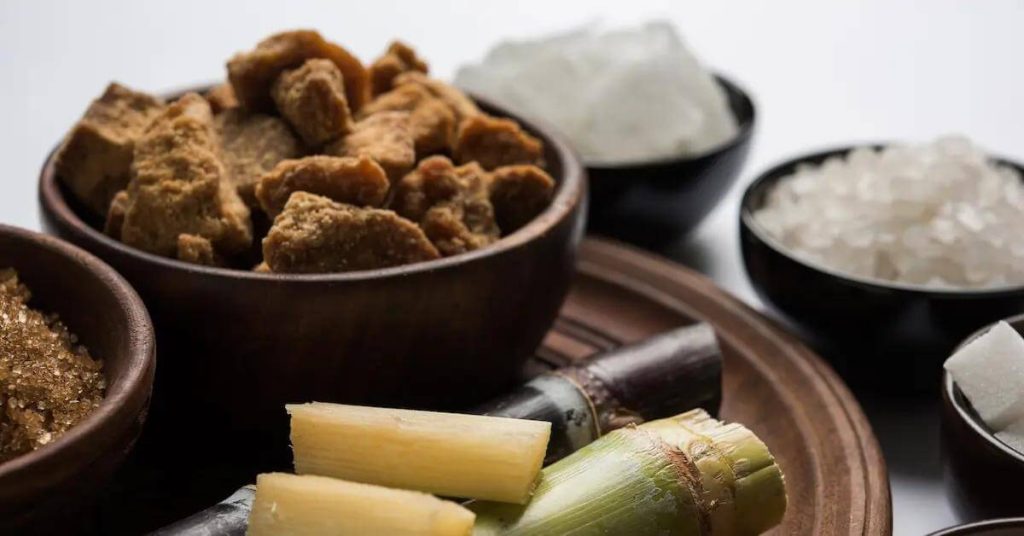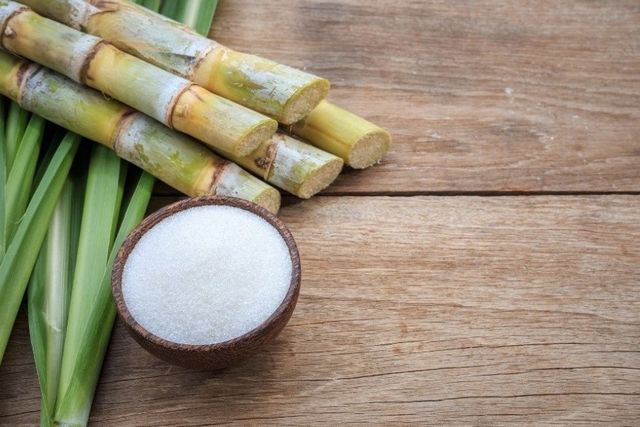The Science Behind Cane Sugar Processing: Exactly How Sweet Taste is Improved
Wiki Article
A Comprehensive Guide to the Environmental Impact and Sustainability Practices in Walking Cane Sugar Handling
The ecological impact of walking stick sugar handling offers an intricate array of challenges that warrant cautious assessment. From dirt degradation and excessive water usage to the carbon impact associated with farming and production, the repercussions of traditional techniques are significant. In comparison, the fostering of innovative sustainability steps offers a path toward more liable production approaches. Understanding the interaction between these issues is crucial for stakeholders in the market. What specific methods can be implemented to strike a balance between performance and environmental stewardship? The answers depend on a better look at both the difficulties and prospective solutions.Introduction of Walking Stick Sugar Processing
Walking stick sugar handling entails a collection of methodical steps that transform sugarcane into polished sugar. Originally, collected sugarcane is carried to refining facilities, where it undergoes cleaning to remove soil and particles. Following this, the walking stick is squashed to remove juice, which is then cleared up by eliminating pollutants through heating and the addition of lime.The clarified juice goes through evaporation, where water is eliminated to concentrate the sugar material. These crystals are separated from the staying syrup making use of centrifugation, resulting in raw sugar.
The end product is after that dried out and packaged for circulation. Throughout this entire process, preserving performance and quality control is crucial to guarantee the sugar meets sector criteria. Each action in walking cane sugar handling not just adds to the final item but also has ramifications for resource usage and waste generation, establishing the stage for conversations on sustainability and ecological influences linked with sugar manufacturing.
Ecological Challenges of Production
The production of walking stick sugar offers a number of substantial environmental difficulties that warrant interest. One key issue is the extensive use agrochemicals, consisting of chemicals and fertilizers, which can result in dirt degradation, biodiversity loss, and contamination of regional water resources. The drainage from sugarcane fields usually carries these chemicals into close-by ecosystems, interrupting water life and impacting the wellness of communities reliant on these water bodies.Another difficulty is the high energy consumption connected with sugarcane processing. The boiling and refining phases call for significant warmth, mostly produced by shedding fossil gas, contributing to greenhouse gas emissions. In addition, the expansive acreage needed for sugarcane growing can result in deforestation and habitat damage, additional worsening climate change and harmful wildlife.
Furthermore, the labor practices in some regions elevate moral issues, as workers might encounter inadequate working conditions and inadequate wages. This scenario usually continues a cycle of poverty in neighborhood neighborhoods. Cane Sugar Processing. Dealing with these environmental challenges is crucial for creating extra lasting methods in cane sugar manufacturing, eventually profiting both the atmosphere and the neighborhoods included in this industry
Water and Land Usage Effect
Water resources and land utilization are essential parts in the cane sugar sector that substantially impact the atmosphere. The cultivation of sugarcane needs substantial water input, with price quotes recommending that it can eat approximately 2,000 liters of water per kilo of sugar generated. This intensive use water frequently causes depletion of regional water sources, affecting not just the sugarcane vineyards but also surrounding ecological communities and communities that count on the exact same water resources for farming and residential usage.
Moreover, land use for sugarcane farming can result in logging and the conversion of natural environments into monoculture plantations. This technique reduces biodiversity, interrupts neighborhood ecological communities, and adds to dirt degradation. The growth of sugarcane areas typically encroaches on useful farming land, creating competitors for sources between food and biofuel production.
Lasting techniques, such as optimizing watering strategies and implementing crop turning, are necessary to alleviate these impacts. By embracing extra efficient water usage and land monitoring strategies, the cane sugar market can lower its ecological footprint, official website making sure an equilibrium between farming performance and environmental preservation.
Greenhouse Gas Emissions
Greenhouse gas exhausts stand for a significant ecological concern within the walking stick sugar handling sector, particularly as agricultural methods increase to meet international need. The farming of sugarcane, a crop that thrives in tropical environments, counts heavily on artificial plant foods and chemicals, which add to laughing gas emissions. Additionally, land-use modifications, consisting of logging for brand-new sugarcane plantations, release carbon dioxide kept in plant life and dirt.During handling, power intake is an additional significant resource of greenhouse gas discharges - Cane Sugar Processing. Lots of sugar mills use nonrenewable fuel sources to power equipment and create warmth, causing substantial carbon impacts. In addition, the transport of raw sugarcane and completed products adds layers of emissions via gas burning in lorries
This includes evaluating existing agricultural techniques, processing approaches, and transportation systems to recognize locations for renovation and mitigation. Attending to greenhouse gas emissions is necessary for fostering an extra sustainable walking cane sugar industry in a transforming environment.

Lasting Practices and Innovations
Lasting methods and innovations are significantly essential in the walking stick sugar processing sector as stakeholders seek to decrease ecological effects while maintaining productivity. One substantial improvement is the check my site implementation of incorporated crop monitoring, which enhances resource usage by combining dirt administration, pest control, and plant he has a good point rotation strategies. This method boosts yield while minimizing chemical inputs and maintaining soil wellness.Furthermore, the fostering of renewable resource sources, such as biomass from sugarcane residues, has actually acquired grip - Cane Sugar Processing. By converting waste products right into energy, refining centers can minimize their reliance on nonrenewable fuel sources, therefore lowering greenhouse gas discharges
Water monitoring practices have additionally seen improvements with the recycling and reusing of water in handling plants, considerably lowering freshwater consumption. Developments in modern technology, such as accuracy agriculture, allow farmers to keep an eye on plant health and resource usage a lot more effectively, guaranteeing lasting farming techniques.
Furthermore, accreditation programs like Fair Trade and Rain forest Partnership urge environmentally responsible farming methods and promote social equity within the supply chain. By accepting these lasting techniques and developments, the walking stick sugar handling sector can boost its strength and contribute positively to environmental stewardship.
Conclusion
The environmental effect of walking stick sugar handling provides substantial obstacles, consisting of dirt degradation, high water consumption, and greenhouse gas emissions, alongside honest issues connected to labor methods. Attending to these concerns via lasting techniques, such as incorporated plant monitoring, renewable resource adoption, and water recycling, is vital. By advertising eco responsible and socially equitable techniques in sugar manufacturing, the sector can alleviate its damaging results, ensuring a more sustainable future for both communities and communities associated with this industry.Cane sugar processing entails a collection of methodical steps that transform sugarcane right into polished sugar. Each action in walking stick sugar handling not only contributes to the last product however also has effects for source use and waste generation, setting the phase for conversations on sustainability and environmental impacts linked with sugar production.
Greenhouse gas emissions stand for a considerable environmental problem within the walking stick sugar processing industry, specifically as farming practices broaden to satisfy international demand.Sustainable practices and technologies are progressively important in the cane sugar handling market as stakeholders seek to reduce environmental effects while maintaining productivity.The environmental effect of cane sugar processing offers significant obstacles, including dirt degradation, high water usage, and greenhouse gas emissions, together with moral worries related to labor methods.
Report this wiki page